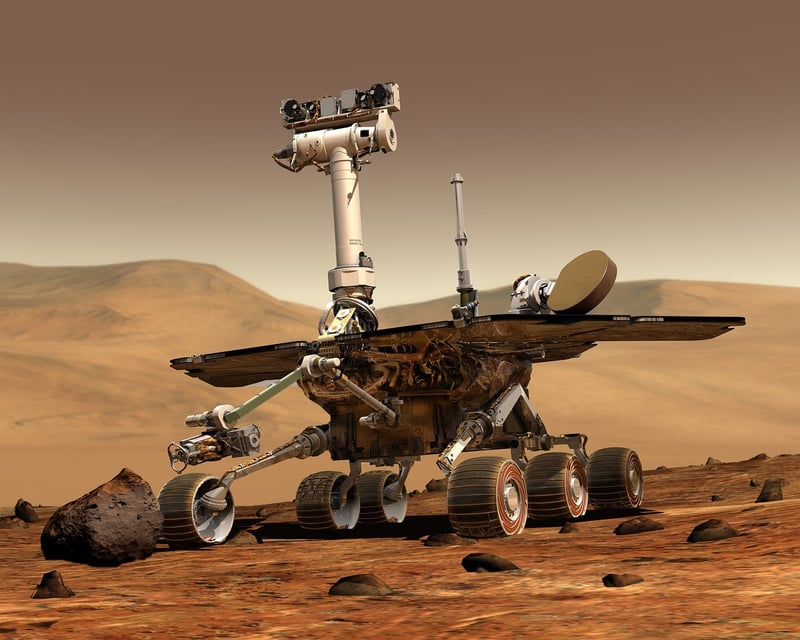Space Habitats
The Future of Space Exploration: Space Habitats and Cutting-Edge Technology
As humanity continues to push the boundaries of space exploration, the development of space habitats and cutting-edge technology plays a crucial role in our quest to explore and potentially colonize other planets. With advancements in engineering, robotics, and sustainability, the dream of living and working in space is becoming increasingly realistic.
Space Habitats: The Next Frontier
Space habitats are artificial environments designed to support human life in outer space. These habitats can vary in size and complexity, from small modules on the International Space Station to larger structures that could one day house entire communities on the Moon or Mars. The key to successful space habitats lies in creating self-sustaining ecosystems that provide everything humans need to survive, from air and water to food and shelter.

Key Features of Space Habitats:
- Life Support Systems: Recycling air and water, and managing waste effectively are essential for long-term habitation in space.
- Radiation Protection: Shielding inhabitants from harmful cosmic radiation is a top priority for space habitat designers.
- Resource Utilization: Extracting and utilizing resources available in space, such as water ice on the Moon or minerals on asteroids, is crucial for sustainability.
- Modular Design: Building habitats in modular components allows for scalability and flexibility in space construction.
Cutting-Edge Technology in Space
Advancements in technology are driving innovation in space exploration, making missions safer, more efficient, and cost-effective. From propulsion systems to robotics, here are some of the cutting-edge technologies shaping the future of space exploration:

Key Technologies:
- Ion Propulsion: Ion engines provide efficient and continuous thrust, enabling spacecraft to travel farther and faster than traditional chemical propulsion systems.
- Autonomous Robotics: Robots are essential for performing tasks in space that are too dangerous or time-consuming for humans, such as maintenance and exploration.
- In-Situ Resource Utilization: Extracting and using resources found in space reduces the need to carry everything from Earth, making long-term missions more sustainable.
- 3D Printing: Additive manufacturing allows astronauts to create tools, spare parts, and even habitats using local materials, revolutionizing space construction.
With the combined efforts of engineers, scientists, and visionaries, the future of space exploration looks brighter than ever. Space habitats and cutting-edge technology are paving the way for humans to venture further into the cosmos, expanding our understanding of the universe and our place within it.
Are you ready to join the next generation of space explorers?
